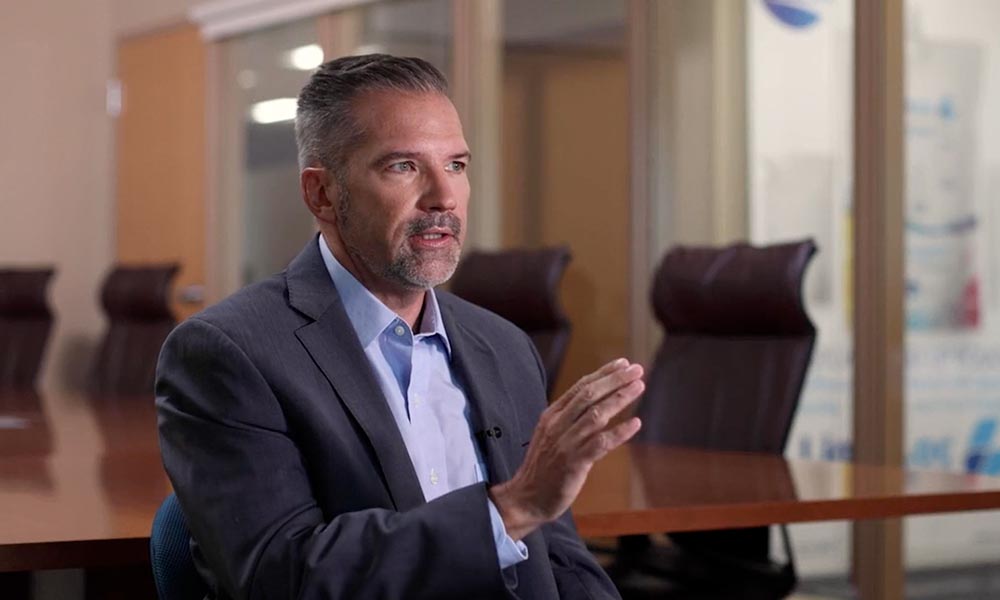
I work to inspire my team the same way I’ve learned to inspire myself: by using every tool at my disposal to manage my energy.
I lead by example and teach along the way, reminding everyone that there are three or four big things in each person’s life that give them energy and that they serve others best by serving themselves in focusing on those few big things.
Watch my video: Cultivating infectious energy
The Big Rocks
Stephen Covey demonstrates this beautifully by asking a participant in one of his programs to fit the big rocks that represent the most important things in life into a clear bucket that’s already two-thirds full of smaller pebbles.
Those smaller pebbles represent the trivia of life, the small things that eat up our time, drain our energy, while doing nothing to move us forward.
After spending some effort trying to wedge all the bigger rocks down into the pebbles to make them fit, the woman accepts Covey’s suggestion that she shift her paradigm. He hands her a second bucket, same size as the first.
This time, she puts the big rocks in first. Pouring in the smaller pebbles second, she sees that they easily fill the gaps between the big rocks to allow everything to fit in the bucket.
Those three or four things that give us energy are the big rocks, the things that are the key to success in just about any goal. They’re that things that need to come first. Since we can’t really manage time – we each get the same amount every day – we need to learn how to manage our energy. Energy increases output without taking more time.
Building, inspiring, creating value – for your team too.
To energize others, you first have to have the energy yourself. This is how you model what you want your team to do.
I do that by focusing on what I do best, the things I love most: creating, inspiring, innovating and challenging myself and others. This is where I get to create win-wins for my company and everybody who partners with us. I watch my team to make sure they’re focusing and developing themselves in their three or four areas too.
A Key Team Planning Strategy: Simplify constantly
When you have to continually narrow your focus down to the big rocks, it forces you to simplify. With team planning, keeping things simple helps your team avoid investing too much time or energy into a plan that will inevitably change.
Though the plan may become moot soon after it’s written, it’s still a valuable exercise because it forces us to create a vision for three to five years in the future and to sketch a provisional path for getting there. It guides us to what we need to start today. At the same time, we don’t want it to lock us into any activities. Things will change and our organization needs to stay nimble. A plan should give us areas of focus, to loosely prescribe our actions and allow for changes in direction.
As new information comes in, as pandemics hit and labor shortages arise, as supply chains become dysfunctional, how do we adapt quickly? If my team members have learned how they create their own energy, change is not draining. They expect it and can energize themselves and others to do something about it. Energy and focus make it possible to receive new inputs, understand what they mean, and respond quickly and appropriately.
